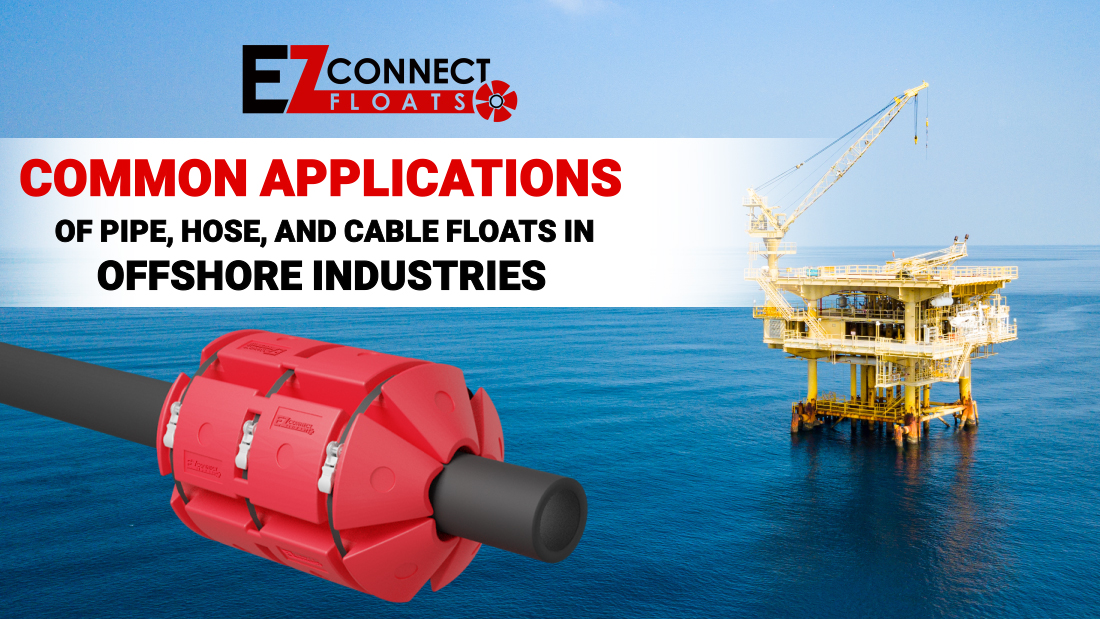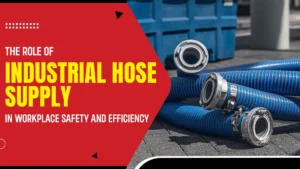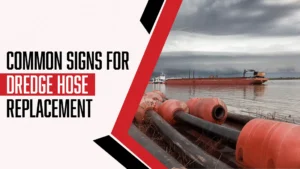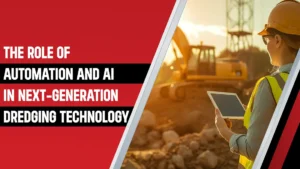
Applications of Pipe and Hose Floats in Offshore Industries
Pipe, hose, and cable floats are essential components utilized across various industries for buoyant support and submerged or floating infrastructure protection. Made from polyethylene or polyurethane, these floats offer excellent buoyancy and resilience against corrosion, chemicals, and UV radiation. Their versatile design finds applications in marine construction, aquaculture, dredging, water management, offshore energy, and construction projects. In marine construction, they support pipelines and cables, ensuring stability amidst underwater currents. Aquaculture operations rely on floats to maintain the positioning of fish cages and nets. In dredging, they facilitate sediment removal and pipeline maintenance. Water and wastewater management systems benefit from floats supporting critical infrastructure. Offshore renewable energy projects use floats for subsea cable transmission. Moreover, floats are integral to the construction of docks and floating platforms, providing stability and safe access. In summary, pipe, hose, and cable floats ensure submerged infrastructure’s efficiency, safety, and longevity across diverse aquatic environments.
Industries with Subsea Installations
- Oil and Gas: The oil and gas industry extensively utilizes subsea installations to explore, produce, and transport hydrocarbons. Subsea installations include wellheads, pipelines, manifolds, and subsea production systems, enabling oil and gas extraction from underwater reservoirs.
- Renewable Energy: Industries involved in renewable energy, particularly offshore wind and wave energy, require subsea installations to deploy turbines, underwater cables, and power transmission infrastructure. Subsea installations are essential for harnessing energy from marine sources and transmitting it to onshore grids.
- Telecommunications: Telecommunications companies deploy subsea installations, such as submarine fiber optic cables, for long-distance data transmission between continents. These cables on the ocean floor play a vital role in global communication networks.
- Aquaculture: The aquaculture industry relies on subsea installations to cultivate marine organisms such as fish, shellfish, and algae. Subsea installations include a fish underwater feeding system underwater for aquaculture operations.
- Mining: Subsea mining operations use specialized equipment and installations to extract valuable minerals and metals from the seabed. Subsea installations for mining include underwater vehicles, dredging systems, and mineral processing facilities.
- Research and Exploration: Scientific research and exploration missions often involve subsea installations such as remotely operated vehicles (ROVs), autonomous underwater vehicles (AUVs), and underwater observatories. These installations facilitate exploration, data collection, and monitoring of marine environments.
These industries rely on subsea installations to access resources, transmit data, and conduct operations in underwater environments, highlighting the importance of subsea technology in various sectors.
Role of Pipe, Hose, and Cable Floats in Subsea Installation
- Pipe Floats:
- Oil and Gas Industry: Pipe floats support underwater pipelines during installation and operation. They help maintain the pipeline’s buoyancy, ensuring it remains afloat and properly positioned despite changes in water depth or seabed conditions.
- Aquaculture: In aquaculture operations, pipe floats support underwater pipelines for water intake, circulation, and discharge. They help keep the pipelines suspended at the desired depth, facilitating efficient water flow and minimizing the risk of damage.
- Dredging: Pipe floats support floating pipelines used in sediment removal dredging operations. They provide buoyancy to the pipelines, enabling them to float on the water’s surface while transporting dredged material to designated disposal areas.
- Hose Floats:
- Oil and Gas Industry: Hose floats support flexible hoses used for fluid transfer between offshore platforms, vessels, and subsea equipment. They help prevent the hoses from sinking or getting entangled, ensuring the uninterrupted flow of fluids such as oil, gas, and water.
- Dredging: Hose floats support floating hoses used in dredging operations to suction and discharge sediments. They prevent the hoses from sinking and getting damaged, facilitating efficient dredging operations in shallow or deep waters.
- Aquaculture: Hose floats support flexible hoses used in aquaculture systems for water circulation, aeration, and oxygenation. They help keep the hoses suspended at the desired depth, ensuring optimal conditions for aquatic organisms.
- Cable Floats:
- Telecommunications: Cable floats support submarine fiber optic cables on the ocean floor for long-distance data transmission. They help maintain the buoyancy of the cables, preventing them from sinking or being damaged by underwater currents or marine life.
- Offshore Renewable Energy: Cable floats support subsea power cables used in offshore wind and wave energy installations to transmit electricity from renewable energy sources to onshore grids. They ensure the cables remain afloat and adequately positioned, minimizing the risk of damage and providing reliable power transmission.
- Research and Exploration: Cable floats support underwater cables used for data transmission in scientific research and exploration missions. They help maintain the buoyancy of the cables, enabling uninterrupted communication and data collection in deep-sea environments.
Conclusion:
Pipe, hose, and cable floats are integral in various industries, providing crucial buoyant support and protection for submerged or floating infrastructure. From the oil and gas sector to aquaculture, dredging, telecommunications, renewable energy, and beyond, these floats enable efficient operations, ensure safety, and enhance the longevity of underwater installations. Their versatility and resilience make them indispensable components across diverse aquatic environments, supporting everything from pipeline stability to data transmission. As industries continue expanding their activities into deeper waters and more challenging environments, the importance of pipe, hose, and cable floats in ensuring subsea operations’ efficiency, safety, and sustainability cannot be overstated. With ongoing advancements in materials and technology, these floats are poised to play an even more significant role in shaping the future of subsea industries worldwide.
Have Questions?
Get in touch with us now!
Related Blogs

The Role of Industrial Hose Supply in Workplace Safety and Efficiency
In high-stakes industries such as oil and gas, mining, manufacturing, dredging, and defense, industrial hoses serve as vital connectors in daily operations. Whether transferring hazardous

Common Signs For Dredge Hose Replacement
Dredge hose is an essential component in mining, oil and gas, and heavy industries, where it is used to transport materials such as sediment, slurry,

The Role of Automation and AI in Next-Generation Dredging Technology
Dredging technology has undergone a quiet but powerful transformation over the past decade. A purely mechanical process, which included heavy machinery, manual supervision, and reactive
